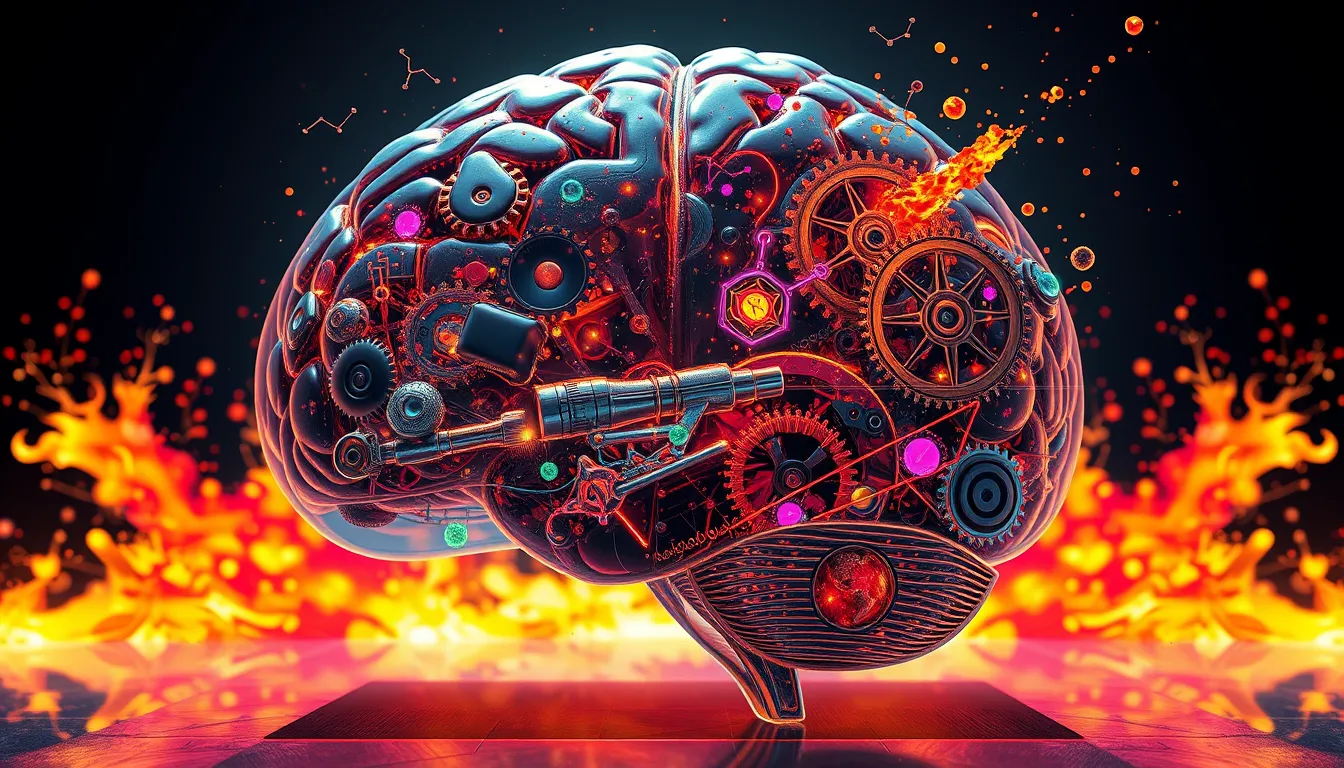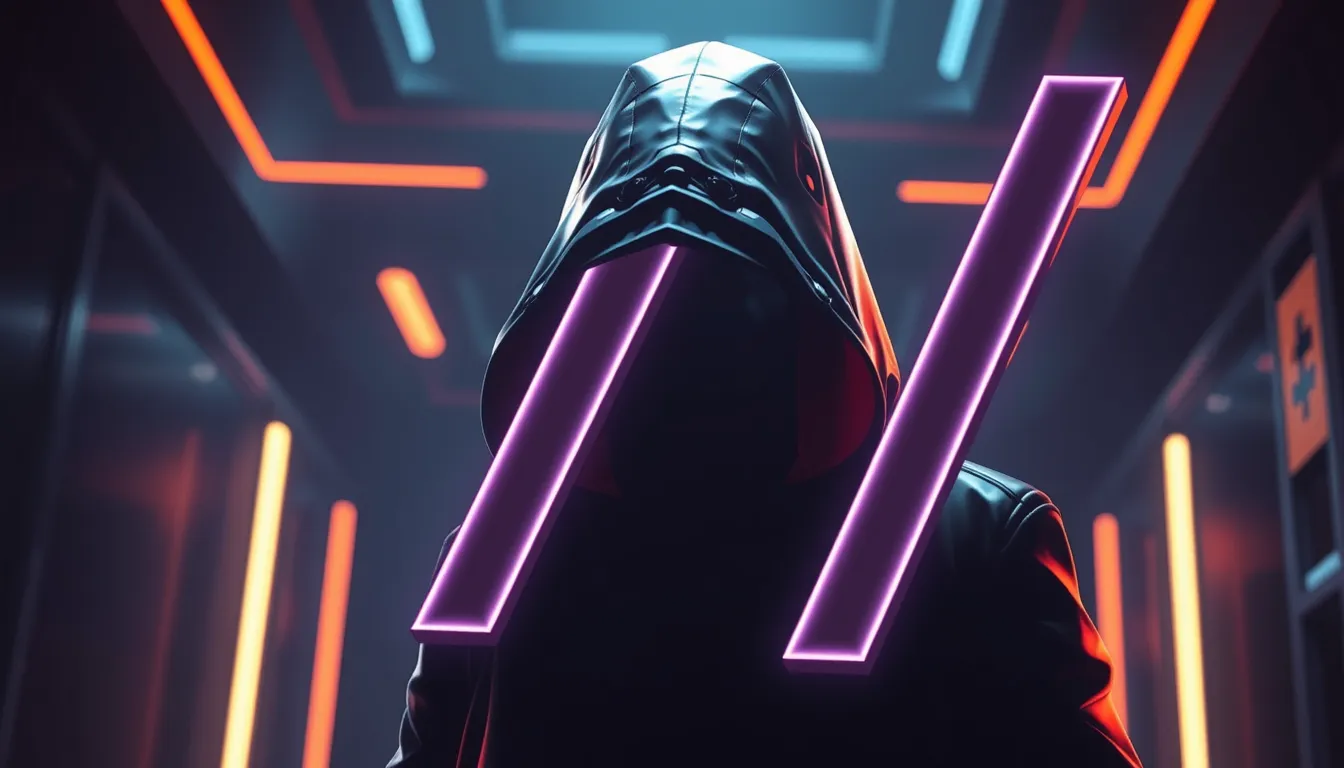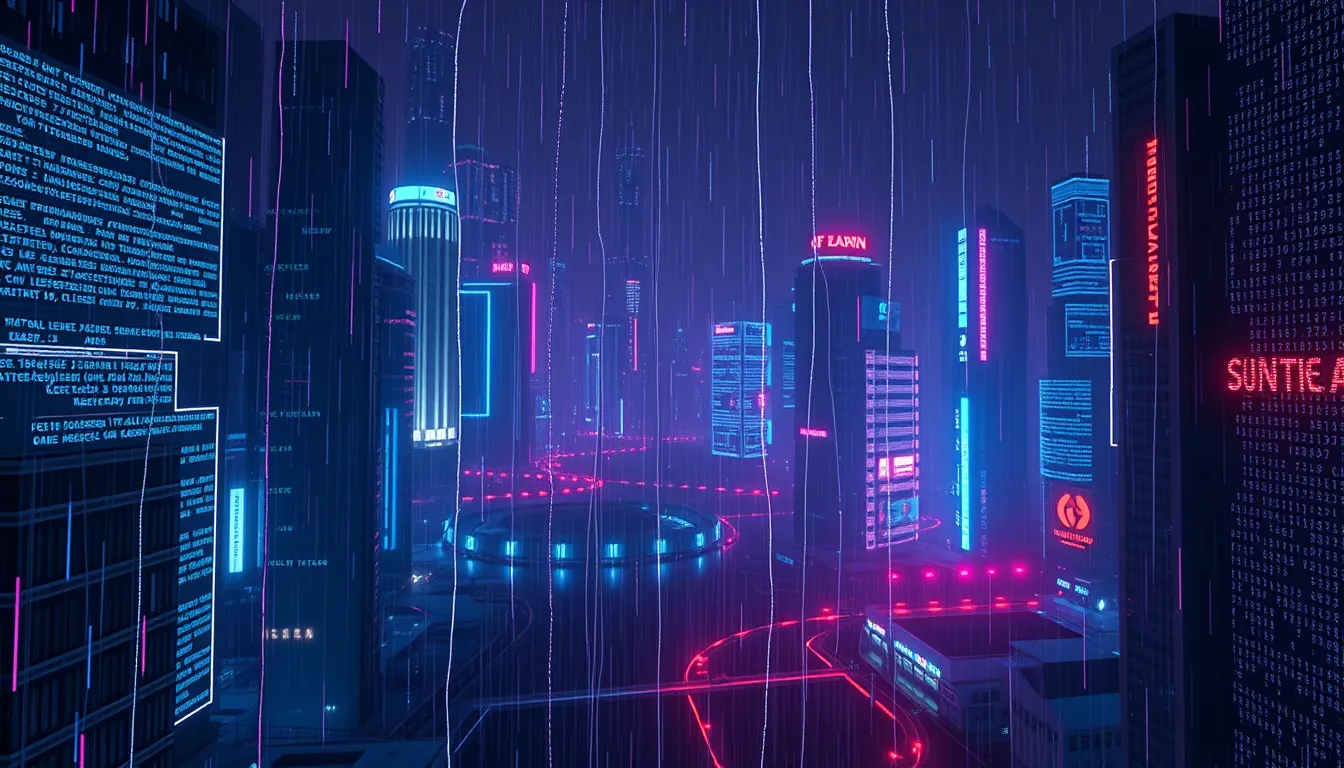Now Reading: Unlocking AI Creativity: Deep Learning & Hidden Ingredients
-
01
Unlocking AI Creativity: Deep Learning & Hidden Ingredients
Unlocking AI Creativity: Deep Learning & Hidden Ingredients

Unlocking AI Creativity: Deep Learning & Hidden Ingredients
Artificial Intelligence has come a long way from being a mere computational tool to evolving into a creative force that challenges our understanding of human ingenuity. In this detailed exploration, we dive into the world of AI creativity—highlighting its hidden ingredients, deep learning algorithms, and the internal dynamics that make remarkable advancements possible.
Introduction to AI Creativity
AI creativity is a unique blend of scientific innovation and artistic expression. At its core, it involves the use of deep learning algorithms and neural network adjustments, which allow machines to generate outputs that mimic human creativity. Researchers and technologists are continually exploring how these algorithms operate not just on visible data, but on layers of subtle computations and adjustments that remain unseen to the average observer. This revolution is relevant for a variety of industries such as digital art, automated content generation, and beyond.
The Role of Deep Learning Algorithms
Deep learning algorithms are the backbone of many modern AI systems. They leverage layered data processing to recognize patterns, make decisions, and generate creative outputs. Key technical components include:
- Neural network adjustments for optimizing output
- Layered data processing for understanding context
- Algorithmic configurations that balance randomness and structure
These components work in tandem to produce outputs that are so nuanced that even experts are surprised by the results. The intricate process involves initial training data, continuous iterative refinement, and careful calibration of internal models. Each layer of computation contributes its own unique value, culminating in systems that not only perform tasks but also innovate within their scope, reinforcing the concept of AI creativity.
Unveiling Hidden Ingredients in AI
One of the most fascinating aspects of AI creativity is the presence of hidden ingredients that empower these technologies. Recent studies, including a groundbreaking report featured on Wired, reveal that behind every creative output lies a mix of subtle yet critical processes:
- Layered data processing: The ability of AI to process and filter multiple layers of data simultaneously.
- Nuanced neural network adjustments: Fine-tuning of parameters and configurations that enable more human-like decision making.
- Algorithmic configurations: The balance between deterministic and stochastic methods that underpin creative processes.
This section not only highlights these internal mechanisms but also emphasizes how improvements in such areas can lead to more responsive and adaptable AI systems. Understanding these hidden layers is essential for developers and engineers looking to enhance system performance while ensuring ethical guidelines and transparency.
How AI Creativity Generates Innovative Outputs
Delving deeper, we examine how AI creativity truly generates innovative outputs. The formula is not just about raw computational power but the delicate balance between structure and randomness. Critical factors include:
- Effective training data: Biases in initial datasets set the foundation for how systems learn.
- Continuous refinement: Iterative improvements ensure that systems adapt to new challenges and opportunities.
- Integrated contextual understanding: Enabling systems to respond dynamically based on input conditions.
By fine-tuning these factors, AI systems can generate creative content ranging from digital art to automated news articles with surprising originality and relevance.
The Impact of AI Creativity on Industries
The surge in AI creativity is revolutionizing various fields. In creative industries, the integration of AI is redefining roles and workflows. Traditional boundaries between human creativity and machine learning blur as collaborative projects become the norm. Some key benefits include:
- Enhanced efficiency in content generation
- New forms of artistic expression
- Customized solutions in multiple sectors such as marketing, entertainment, and design
As AI continues to evolve, its potential to provide bespoke creative solutions that cater to unique needs is virtually limitless. These advancements prompt deeper reflections on intellectual property rights and the future of creative endeavors, as stakeholders navigate the ethical implications of machine-generated art.
FAQs About AI Creativity
Q: What exactly is AI creativity?
A: AI creativity refers to the process by which artificial intelligence systems generate innovative and human-like outputs using deep learning algorithms and hidden computational layers.
Q: How do deep learning algorithms contribute to AI creativity?
A: Deep learning algorithms analyze complex data inputs across multiple layers, fine-tuning neural network adjustments and algorithmic configurations to produce creative outputs.
Q: Why are hidden ingredients in AI important?
A: The hidden ingredients—layered data processing, nuanced neural adjustments, and algorithm configurations—are critical because they collectively enhance the system’s ability to innovate and mimic human creativity.
Conclusion
In conclusion, AI creativity stands at the confluence of technological advancement and artistic expression. The intricate dance of deep learning algorithms, hidden computational layers, and nuanced neural adjustments creates a paradigm where machines can generate outputs that rival human ingenuity. As our understanding of these internal dynamics deepens, the potential applications—from digital art to custom content creation—will continue to expand. Embracing these advancements while adopting ethical guidelines will be crucial for harnessing the full potential of AI creativity in the ever-evolving digital landscape.
This exploration is a testament to the transformative power of technology, inviting further dialogue and research into the hidden ingredients that make AI not just a tool, but a creative force in modern society. The future of AI creativity is bright, promising unparalleled innovation and the possibility of reimagining what it means to create.

























